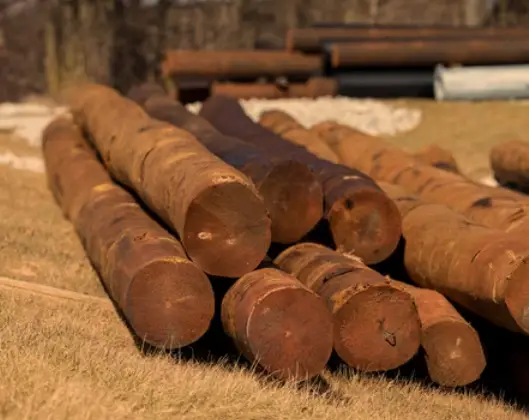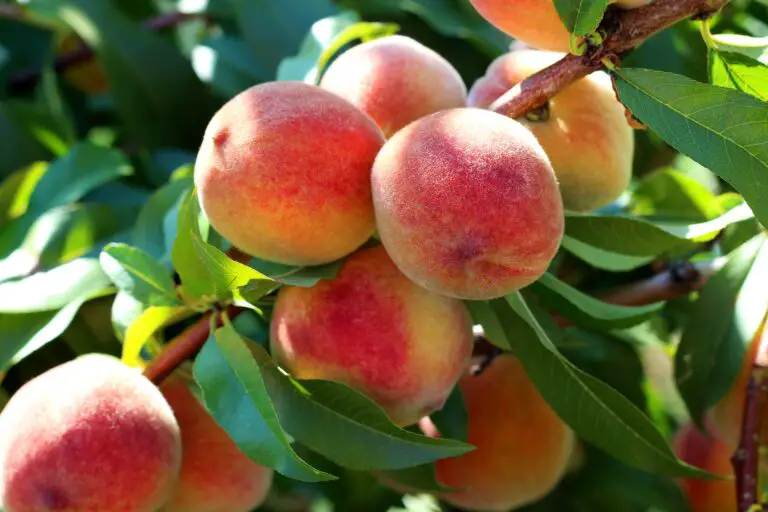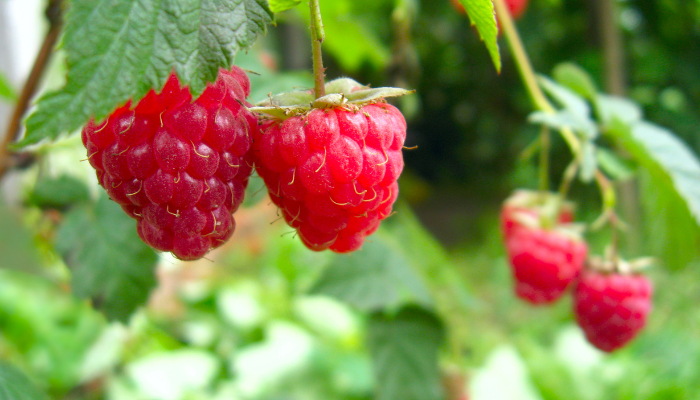How to Add Color to Your Garden with Trees with Red Leaves
If you are looking for a way to brighten up your garden with some stunning foliage, you might want to consider planting some trees with red leaves. These trees can add a splash of vibrant color to your landscape, especially in the fall when they turn into fiery shades of crimson, scarlet, and burgundy. In this post, we will introduce you to some of the most popular and beautiful trees with red leaves that you can grow in your garden.
Why choose trees with red leaves?
Trees with red leaves have many benefits for your garden, such as:
- They can create a striking contrast with the green grass and other plants in your yard.
- They can attract birds and butterflies with their colorful berries and flowers.
- They can provide shade and privacy for your outdoor space.
- They can improve the air quality and reduce noise pollution in your area.
What are some of the best trees with red leaves?
There are many types of trees with red leaves that you can choose from, depending on your climate, soil, and preference. Here are some of the best ones that you can try:
Japanese Maple
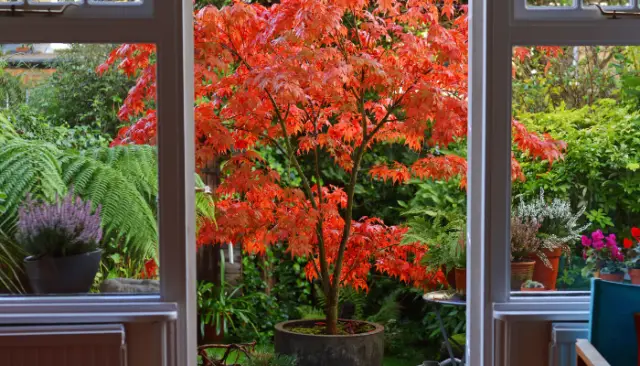
This is one of the most popular and versatile trees with red leaves. It has a graceful shape and delicate foliage that can range from deep red to purple. It can grow in sun or shade and in small or large spaces. It can also tolerate pruning and shaping, making it ideal for bonsai or container gardening.
Redbud
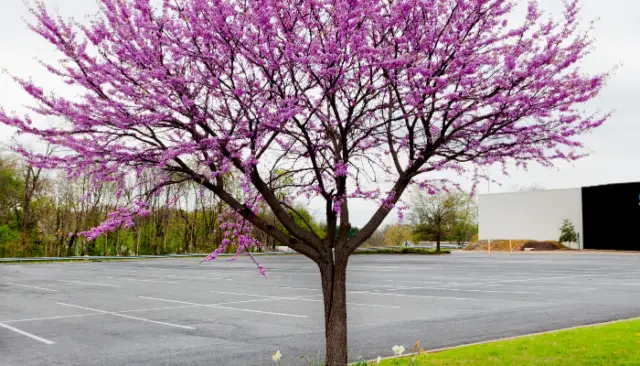
This is a native tree that can add a burst of color to your garden in early spring. It has pinkish-red flowers that cover its branches before the leaves emerge. The leaves are heart-shaped and can turn from green to red in the fall. It can grow in sun or partial shade and in moist or dry soils. It can also attract hummingbirds and bees with its nectar-rich blooms.
Smoke Tree
This is a unique tree that can create a dramatic effect in your garden. It has feathery plumes of pink or purple flowers that look like smoke in the summer. The leaves are oval-shaped and can turn from green to red, orange, or yellow in the fall. It can grow in full sun and in well-drained or rocky soils. It can also tolerate drought and heat, making it suitable for xeriscaping.
Crape Myrtle
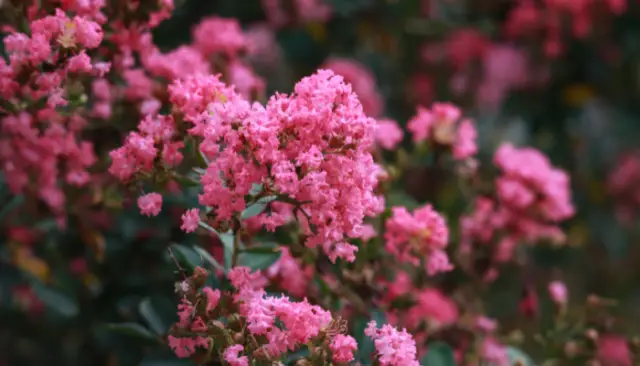
This is a southern favorite that can bring a touch of elegance to your garden. It has showy clusters of pink, purple, red, or white flowers that last from summer to fall. The leaves are oblong-shaped and can turn from green to red, orange, or yellow in the fall. It can grow in full sun and in moist or well-drained soils. It can also resist pests and diseases, making it easy to care for.
Dogwood
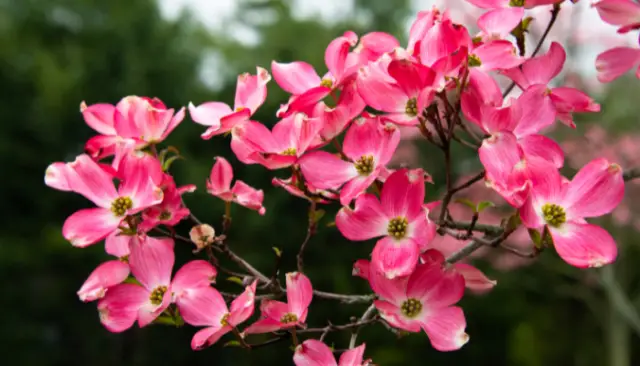
This is a classic tree that can enhance the beauty of your garden in all seasons. It has white, pink, or red flowers that bloom in spring. The leaves are oval-shaped and can turn from green to red, purple, or bronze in the fall. It can grow in sun or partial shade and in acidic or neutral soils. It can also provide food and shelter for birds and wildlife with its berries and branches.
Conclusion
Trees with red leaves are a wonderful addition to any garden, as they can provide color, beauty, and interest throughout the year. They can also offer many benefits for your environment, such as shade, privacy, wildlife habitat, and air quality improvement. In this post, we have introduced you to some of the best trees with red leaves that you can grow in your garden, such as Japanese maple, redbud, smoke tree, crape myrtle, and dogwood. We have also answered some of the most common questions about how to care for, identify, and enjoy these trees. We hope this post was helpful and informative and that you will consider planting some trees with red leaves in your garden. Thank you for reading!
Frequently Asked Questions
What are the benefits of planting trees with red leaves in your garden?
Trees with red leaves can add color, beauty, and interest to your garden, especially in the fall when they turn stunning shades of crimson, scarlet, and burgundy. They can also provide shade, privacy, wildlife habitat, and air quality improvement for your outdoor space.
What are some of the most popular trees with red leaves?
Some of the most popular trees with red leaves are Japanese maple, redbud, smoke tree, crape myrtle, dogwood, red maple, sugar maple, American sweetgum, forest pansy redbud, and northern red oak. These trees have different sizes, shapes, and flowering times, so you can choose the best ones that suit your garden.
How do you care for trees with red leaves?
Trees with red leaves generally require similar care as other trees, such as watering, pruning, fertilizing, and mulching. However, some trees with red leaves may have specific needs, such as soil acidity, sun exposure, and pest resistance. You should research the specific tree you want to plant and follow the recommended guidelines for its optimal growth and health.
How do you choose the best location for trees with red leaves?
The best location for trees with red leaves depends on the tree’s lighting, soil, and space requirements. Some trees with red leaves prefer full sun, while others can tolerate partial shade. Some trees with red leaves can adapt to a wide range of soil conditions, while others need well-drained or acidic soil. Some trees with red leaves can grow in small or large spaces, while others need room to spread their roots and branches. You should check the label or description of the tree you want to plant and choose a location that meets its needs.
How do you plant trees with red leaves?
A: The best time to plant trees with red leaves is in the spring or fall, when the weather is mild and the soil is moist. You should dig a hole that is twice as wide and as deep as the root ball of the tree. You should gently loosen the roots and place the tree in the center of the hole. You should fill the hole with soil and water the tree well. You should also stake the tree if it is young or unstable, and apply a layer of mulch around the base of the tree to conserve moisture and prevent weeds.
How do you prune trees with red leaves?
The best time to prune trees with red leaves is in the late winter or early spring, before the new growth emerges. You should remove any dead, diseased, damaged, or crossing branches, as well as any suckers or water sprouts. You should also shape the tree to maintain its natural form and size and thin out any dense or crowded branches to improve air circulation and light penetration. You should use sharp and clean tools and make clean cuts at an angle just above a bud or branch collar.
How do you propagate trees with red leaves?
The best way to propagate trees with red leaves is by taking stem cuttings in the summer, when the new growth is semi-hardwood. You should cut a 4-6-inch-long stem with at least three leaf nodes and remove the lower leaves. You should dip the cut end in rooting hormone and insert it in a pot filled with moist potting mix. You should cover the pot with a plastic bag and place it in a warm and bright location, but out of direct sunlight. You should water the cutting regularly and check for roots in 6–8 weeks. It would help if you transplanted the rooted cutting to a larger pot or the garden in the following spring.
How do you identify trees with red leaves?
The best way to identify trees with red leaves is by looking at their leaf shape, size, texture, margin, and arrangement. You can also look at other features, such as the bark, flowers, fruits, and seeds of the tree. You can use a field guide, an online database, or an app to help you compare and match the characteristics of the tree with the red leaves you want to identify.
How do you prevent or treat diseases and pests on trees with red leaves?
The best way to prevent or treat diseases and pests on trees with red leaves is by keeping them healthy and stress-free. You should water, fertilize, prune, and mulch your trees with red leaves according to their needs. You should also monitor your trees with red leaves regularly and look for any signs of infection or infestation, such as spots, holes, discoloration, wilting, or curling of the leaves, or the presence of insects, webs, or eggs. You should use organic or chemical methods to control the diseases and pests, depending on the severity and type of the problem. You should always follow the instructions and precautions on the label of any product you use.
How do you enjoy the beauty of trees with red leaves?
The best way to enjoy the beauty of trees with red leaves is by planting them in your garden, where you can admire them throughout the year. You can also visit parks, forests, or botanical gardens that have trees with red leaves, especially in the fall, when they display their most spectacular colors. You can also take photos, paint or draw trees with red leaves, or collect and press their leaves for crafts or decoration.


